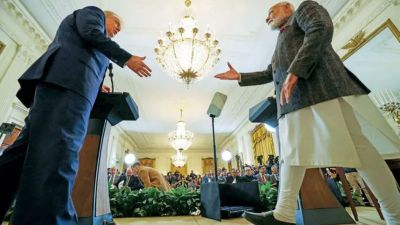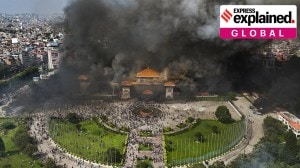Pieces of Paradise
This volume comes as a breath of fresh air compared to the stereotyped advocacy of “solutions” without analysis of the Kashmir iss...

This volume comes as a breath of fresh air compared to the stereotyped advocacy of “solutions” without analysis of the Kashmir issue that we have seen emanating from the west for more than a decade. The theme that runs through all chapters written by experts, among them Pakistanis and Indians, is that among the parties to the conflict — Pakistan, India, Kashmiri separatist leaders, and the jihadi groups — only the jihadis have a clear strategy and long-term strategic goal, whether one agrees with them or not. All other parties have been functioning tactically, with short-term and often myopic considerations. In sum and substance, almost all contributors conclude that neither Pakistan nor India has given any thought to the “end-game” — and that given the complexities of history and geography, no end-game is possible except to formalise the Line of Control in Jammu and Kashmir as the international border.
This is something Jawaharlal Nehru had visualised as early as 1961 in response to US President Kennedy’s probing for a solution. Devin Hagerty sums up the problem: ‘‘Neither side can give up the part of Kashmir it controls today, yet neither side can acquire all of Kashmir.’’ The main sticking point, of course, is the Pakistani leadership’s unwillingness to accept a compromise that might jeopardise its favoured status domestically until Pakistan democratises fully and Pakistani citizens have an institutionalised say in how their country is run.
There is an interesting chapter looking at Tibet and Kashmir to conclude that autonomy within overall sovereignty in both cases would be a profitable approach.
In a book on Kashmir a chapter on the theme of the “nuclear flashpoint” has to be expected. But this is the weakest section of the book, though it is more than amply compensated by the others, especially the exposition on terrorism and Islamic jihad by Praveen Swami. His central argument is that terrorism in J&K may have been started by the JKLF as a separatist war (in 1988), but it has now been strongly influenced by ideas far transcending its geographical location, thus linking the local conflict to larger issues of communal identity.
The message from the contributors is clear. All parties would need to think strategically beyond mere tactics of entering into talks without having worked out what each side seeks short of its maximalist position articulated so often. The obvious foundation for such an approach is strengthening the democratic principle and hastening socio-economic development, in India and especially in J&K — and hopefully in Pakistan too, where Hussain Haqqani believes the Pakistani military has been the “major beneficiary of maintaining hostility.”
Photos



- 01
- 02
- 03
- 04
- 05



























